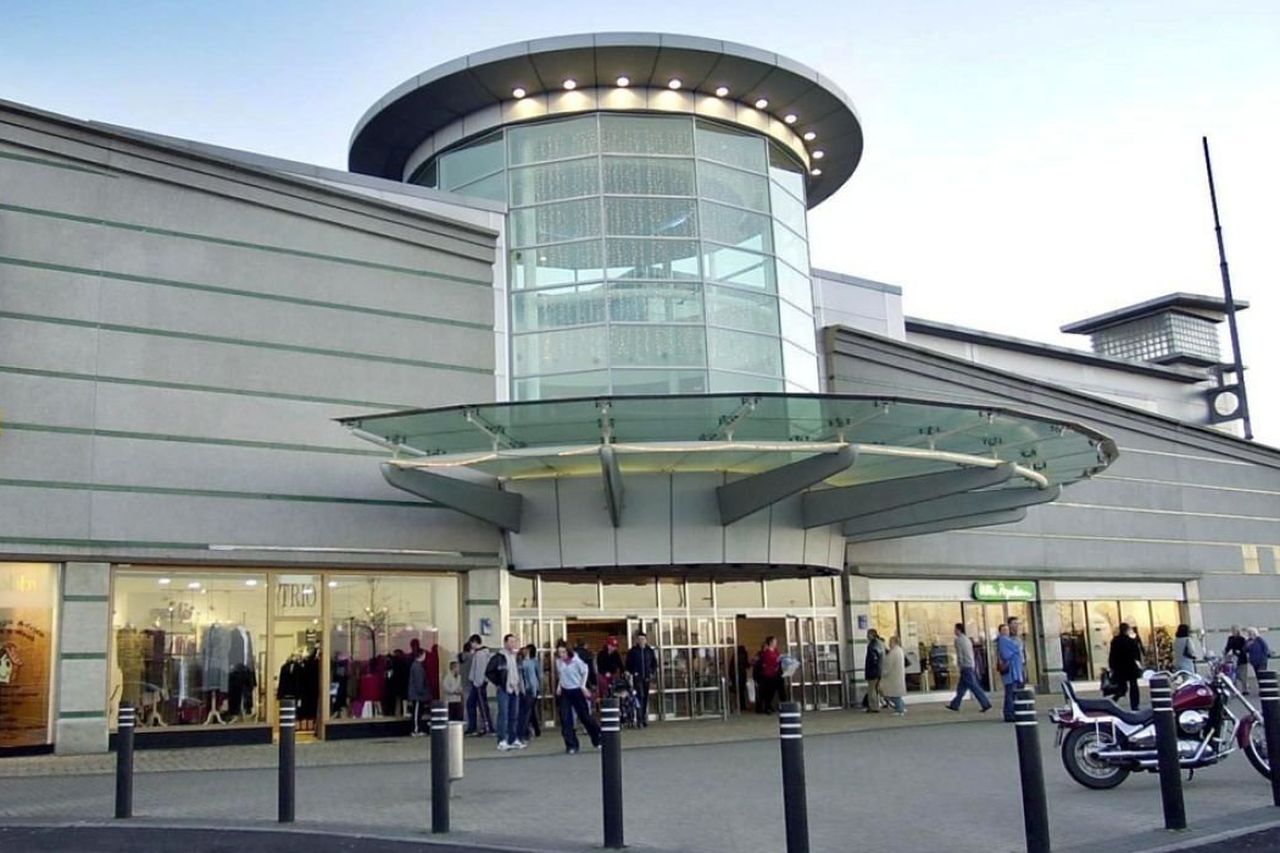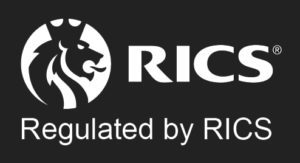Paul McNeive: Retail parks to benefit from new house builds across Ireland

Amid reports of a post-Covid hollowing out of city centres like San Francisco, and to a lesser extent New York and Los Angeles, as retailers suffer the effects of working from home, Ireland’s recovery is gathering pace, and by most measures is now stronger than it was pre-pandemic.
But Ireland too has a high reliance on technology workers, who may also be adopting hybrid working practices, so why is the Irish market performing better than the US, the UK, and many other markets?
I asked retail expert Neil Bannon, Executive Chairman at Bannon, and the first reason is that the US, for example, has six times more retail space per capita, than Ireland.
“Just imagine that we had another six Dundrum Town Centres, Liffey Valley’s, Blanchardstown Town Centres and six times every other shop in Dublin, and that is the scale of the over-supply in America,” he said.
In Ireland there has been no new shopping centre built since 2010 and no new retail park developed since 2007.
While our construction of new homes has been too slow, it has recently hit record levels, and this too, is driving demand.
There are just over two million households in Ireland, he told me, and the Housing for All Plan aims to produce another 300,000 new homes by the end of the decade.
‘In Ireland there has been no new shopping centre built since 2010‘
But there seems to be consensus that we need 500,000 new homes, which represents one new home for every four existing homes, “a staggering increase”, he added.
The impact of this growth is already being seen on Ireland’s 73 retail parks, 20pc of which are managed by Bannon.
Retail parks are the conduit for the overwhelming majority of spending associated with housing, Mr Bannon said – for example couches, TVs, white goods and floor coverings – with 85pc of sales taking place in store, according to Central Statistics Office figures.
“If every house in Ireland spends €2,500 annually on household goods, that’s up to €12.5bn of spend. If 500,000 new homes are built, and the average cost of kitting them out is €25,000, that’s another €5bn of expenditure,” he said.
One result is that Ireland’s retail parks are largely at full occupancy and rents are rising.
“We had expected some fall-off from the post-Covid DIY boom, but in fact, footfall and spending levels are stronger than pre-pandemic,” Mr Bannon said.
‘Ireland’s retail parks are largely at full occupancy and rents are rising.’
The most valuable retail park units were always those few with an ‘open user’ planning consent, permitting, for example, fashion retailers and not one that is just restricted to bulky goods.
However, a shift in the market is that furniture retailers are now out-bidding even open user retailers as evidenced by a deal just signed at Liffey Valley Retail Park where Danish brand JYSK has taken a 10,000 sqft unit plus mezzanine at a rent of approximately €25 per sqft.
That is, Mr Bannon notes, “a 40pc higher rent than pre-Covid”.
JYSK have taken half a dozen 10,000-15,000 sqft units in Ireland and continues to expand.
Another expanding brand that is already operating on several retail parks is EZ Living Furniture which also recently rented a 10,000 sqft unit plus mezzanine at Liffey Valley Shopping Centre.
It is not just the Dublin area as Limerick One Shopping Park has also seen new outdoor clothing and equipment retailer Mountain Warehouse recently lease a 7,000 sqft unit at approximately €28 per sqft.
The theme for the year ahead is “competition for space among brands and rising rents”, Mr Bannon concluded.





